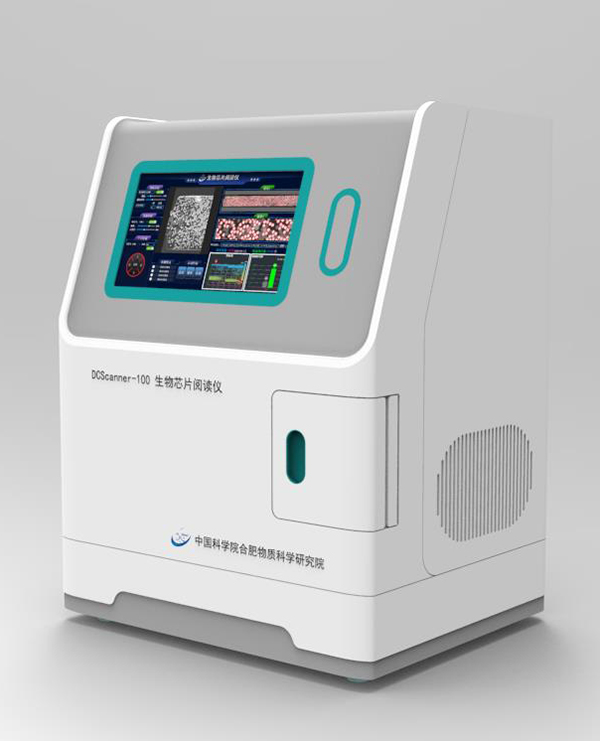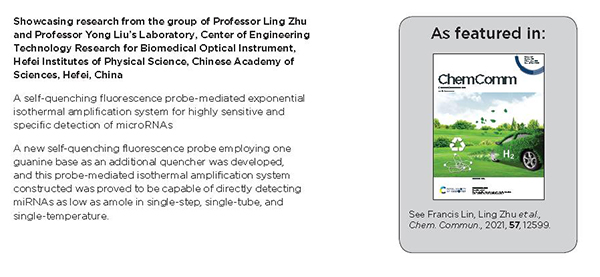
A study group led by LIU Yong and ZHU Ling who are researchers at Anhui Institute of Optics and Fine Mechanics, Hefei Institutes of Physical Science (HFIPS), Chinese Academy of Sciences (CAS) was excited to see the acceptance by inspection expert panel of their research program that was to develop a digital isothermal amplification system for detecting miRNA, a molecular marker for early diagnosis of Hepatocellular Carcinoma (HCC).
The study has been published on Chemical Communications.
Liver cancer remains a global health challenge, with an estimated incidence of over 1 million cases by 2025. Hepatocellular carcinoma (HCC) is the most common form of liver cancer and accounts for around 90 percent of cases.
In clinical practice, it would be the best to realize early diagnosis with which five-year survival rate could be enhance to 60 percent after medical procedures. In addition to alpha fetoprotein (AFP), a commonly used indicator of liver cancer diagnosis, another indicator miRNA that present great sensitivity and specificity as high as 86.1% and 76.8% respectively has been cited by National Health Commission of the PRC as another molecular marker, which is expected to improve diagnosis rate at early stage.
For the conventional detection that we use today, nucleic acid amplification-based miRNA detection has been considered also used as one of the rapid, specific and sensitive approach, among which quantitative reverse transcription polymerase chain reaction (qRT-PCR) is a necessary process.
However, for the detection approach itself, except for its other limitation in clinical practice, the conventional method, in fact, only realizes relatively quantitative detection for the target biomarker via qRT-PCR method. This may, to some extent, cause some error diagnostics.
The recently fast developing isothermal amplification technology has been taken into consideration of researchers who are trying to find out a new solution for more accurate biomarker detection then to improve the early diagnosis of liver cancer.
Thanks to years of experience and expertise in optical medical instruments manufacturing, ZHU and his colleagues had the confidence for the new detective technology. They were trying new way to approach the problem.
"The technology that we are using now is for relatively quantitative detection, but we have been trying for absolute quantification via digital isothermal amplification technology that is the third-generation technology for nucleic acid detection," explained ZHU Ling who was the leading researcher in the team.
Under support of fund by Chinese Academy of Sciences, the team started their attempt. Five years have passed, they finally proposed a new technology of digital strand displacement isothermal amplification for rapid detection of Hepatocellular Carcinoma-related miRNAs realizing the absolute quantitative detection of miRNAs.
In their solution, researchers provided a comprehensive program from start to finish.
They developed a novel fluorescent self-inhibiting probe for highly sensitive fluorescence detection. Then a new high-throughput microfluidic biochip and a matching biochip reader were manufactured to recognize high precision images.
The team stretched their study out of their lab to collaboration with local hospitals. They conducted clinical application research to test their program. The cooperation finally brought them some good that they have built early diagnosis model of liver cancer based on combined detection of AFP and seven miRNAs.
"We are now keeping our collaboration forward getting more clinical samples," added ZHU. He and his colleagues are still collaborating with hospitals for further clinical application research.

biochip reader (Image by the team)

Digital isothermal amplification technology (Image by the team)

This study was selected as back cover paper of Chemical Communications